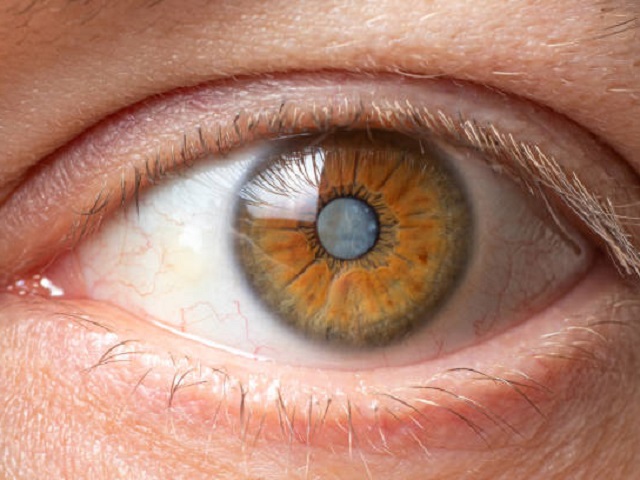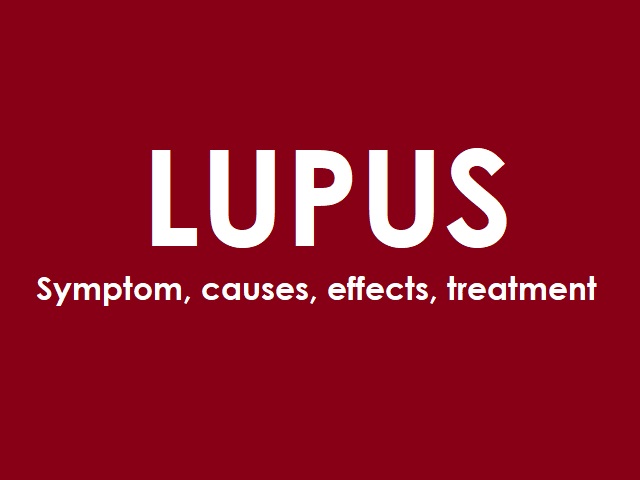6 Signs You May Have Glaucoma -- Symptoms, Causes, Effects, Treatment and Prevention
Glaucoma is a group of eye conditions that damage the optic nerve, leading to progressive vision loss. It is often associated with increased pressure within the eye, known as intraocular pressure (IOP). If left untreated, glaucoma can eventually result in permanent blindness.
Symptoms of Glaucoma
In the early stages, glaucoma may not cause noticeable symptoms. However, as the condition progresses, the following symptoms may occur:
- Gradual loss of peripheral vision
- Tunnel vision or "tubular" field of vision
- Blurred or hazy vision
- Halos around lights
- Severe eye pain or headache
- Nausea or vomiting
It is important to note that these symptoms can vary depending on the type of glaucoma and individual factors.
Causes of Glaucoma
The primary cause of glaucoma is the buildup of fluid within the eye, leading to increased intraocular pressure. However, the exact cause of this fluid buildup is not always clear. Various factors can contribute to the development of glaucoma, including:
- Age: The risk of glaucoma increases with age, particularly after the age of 60.
- Family history: Having a close relative with glaucoma increases the risk.
- Ethnicity: Certain ethnic groups, such as African Americans, Hispanics, and Asians, have a higher risk of developing glaucoma.
- Medical conditions: Certain medical conditions, such as diabetes, hypertension, and nearsightedness, can increase the risk of glaucoma.
Effects of Glaucoma
Glaucoma can have significant effects on vision and overall quality of life. If left untreated or poorly managed, it can lead to permanent vision loss and blindness. The gradual loss of peripheral vision can affect one's ability to perform daily tasks, drive, and navigate the environment safely.
Treatment of Glaucoma
While there is no cure for glaucoma, treatment aims to control intraocular pressure and prevent further damage to the optic nerve. Treatment options may include:
- Eye drops: Medications are often prescribed to reduce intraocular pressure by either increasing fluid drainage or reducing fluid production.
- Oral medications: In some cases, oral medications may be used to lower intraocular pressure.
- Laser therapy: Laser procedures, such as trabeculoplasty or iridotomy, can help improve fluid drainage and reduce intraocular pressure.
- Surgery: Surgical procedures may be recommended for cases where other treatments are ineffective in controlling intraocular pressure.
Prevention of Glaucoma
While glaucoma cannot always be prevented, certain measures can help reduce the risk or delay its onset:
- Regular eye exams: Routine eye exams can detect early signs of glaucoma, allowing for early intervention and treatment.
- Know your risk factors: Understanding your family history and other risk factors can help you be proactive in monitoring your eye health.
- Maintain a healthy lifestyle: Engage in regular exercise, eat a balanced diet, and manage other medical conditions to promote overall eye health.
Note: The information provided is for educational purposes and should not replace professional medical advice. It is always recommended to consult with an eye care specialist for accurate diagnosis, evaluation, and personalized guidance.
References:
National Eye Institute. (2020). Glaucoma. Retrieved from https://www.nei.nih.gov/learn-about-eye-health/eye-conditions-and-diseases/glaucoma
Mayo Clinic. (2021). Glaucoma. Retrieved from https://www.mayoclinic.org/diseases-conditions/glaucoma/symptoms-causes/syc-20372839














